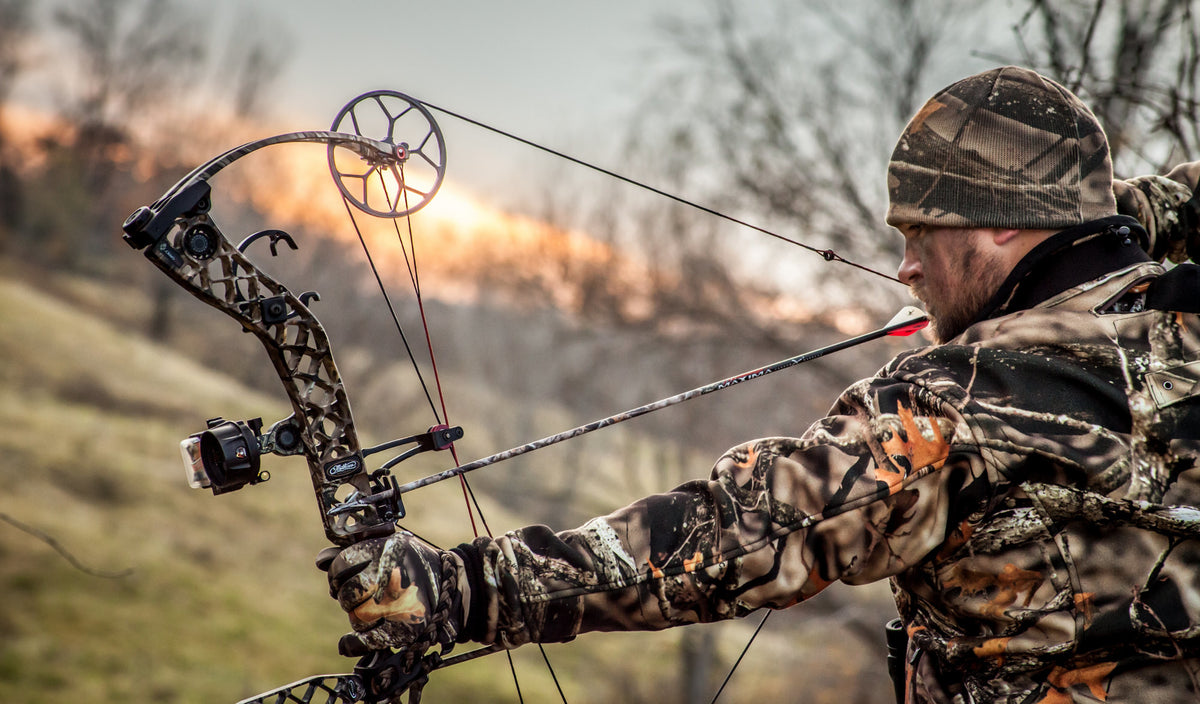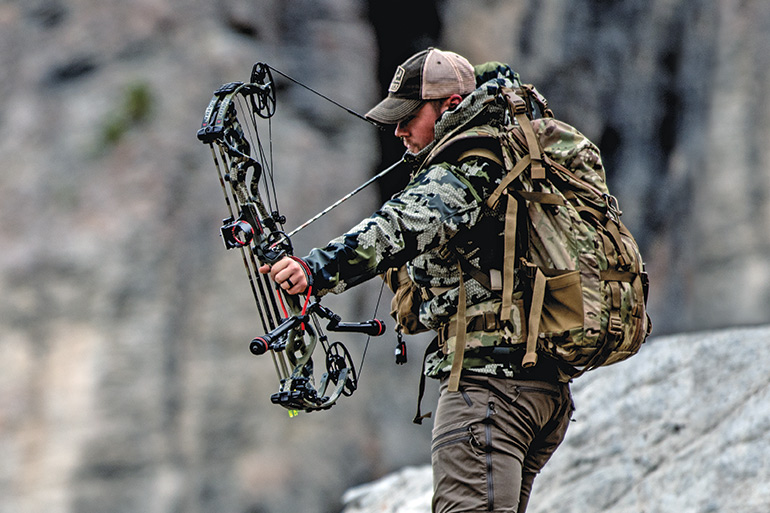Maximize Your Archery Precision With These Bow Stabilizer Techniques
One important component that can substantially impact your efficiency is the correct use of bow stabilizers. Whether you are a skilled archer looking to fine-tune your abilities or a beginner excited to improve your precision, mastering these bow stabilizer strategies might be the trick to striking your mark with unrivaled consistency.
Benefits of Using Bow Stabilizers
Making use of bow stabilizers can considerably improve an archer's accuracy and overall efficiency by minimizing bow torque and resonance. Bow torque, brought on by the unequal distribution of weight in the bow, can lead to disparities in shot placement. By affixing a bow stabilizer, the weight is rearranged, minimizing the results of torque and helping the archer attain an extra regular shot. Additionally, bow stabilizers wet resonance, which not just improves the convenience of capturing but likewise protects against the bow from leaping upon launch, thus aiding in maintaining proper objective.
Furthermore, bow stabilizers can aid in holding the bow steady, specifically throughout windy problems or when firing from longer ranges. The included weight at the front of the bow offers stability and equilibrium, enabling the archer to focus on intending without the interruption of bow motion. On the whole, the benefits of utilizing bow stabilizers extend beyond simply accuracy, boosting the archer's experience and efficiency in numerous shooting scenarios.
Choosing the Right Bow Stabilizer
Selecting the suitable bow stabilizer is vital for optimizing your archery devices and boosting shooting performance. Much heavier stabilizers can help decrease bow torque and absorb even more vibration, leading to a steadier objective.

Lastly, think about the design of the stabilizer. Some stabilizers include adjustable weights or dampeners that allow you to tailor the equilibrium and feel of your bow. Eventually, picking the appropriate bow stabilizer involves locating a balance between weight, layout, material, and size to improve your capturing accuracy and general efficiency.
Correct Setup Methods
To make certain optimum efficiency and safety in archery, mastering appropriate installation strategies for your bow stabilizer is vital. The very first step in mounting a bow stabilizer is to identify the proper positioning on your bow. Most stabilizers are connected to the front of the riser, listed below the grasp, to aid counterbalance the weight of devices such as quivers and sights. Make sure that the find out this here stabilizer is not conflicting with other elements or impeding your shooting type.
Next, safely connect the stabilizer to the bow making use of the suitable mounting hardware. Some stabilizers come with flexible weights that can be added or removed to adjust the equilibrium of your her latest blog bow.

Adjusting Stabilizer Weight and Size
After guaranteeing the correct installation of your bow stabilizer, the next step entails readjusting the weight and length to optimize its performance in improving archery accuracy. The weight of the stabilizer plays an important duty in reducing bow motion throughout the shot cycle.
When it involves stabilizer size, locating the best balance is crucial. A longer stabilizer can offer greater stability by increasing the distance in between the bow and the weight at the end of the stabilizer. This added range boosts the stabilizing effect, especially in windy problems or when contending longer ranges. Alternatively, a much shorter stabilizer uses a lot more maneuverability and might be chosen by archers who value agility and quick movements during capturing.
Advanced Stabilizer Tuning Tips
Accomplishing optimal bow stability and precision in archery demands a nuanced method to advanced stabilizer adjusting. Advanced stabilizer tuning involves fine-tuning various components to improve the bow's balance, reduce vibration, and improve general accuracy.
An additional essential element of advanced stabilizer adjusting is enhancing the damping homes of the stabilizer system. This can be attained by including added wetting devices such as rubber dampeners or harmonic stabilizers to further reduce vibration and sound. Exploring different products for the stabilizer building, such as carbon fiber or aluminum, can additionally influence the bow's performance by modifying its weight circulation and tightness. By thoroughly fine-tuning these sophisticated stabilizer aspects, archers can optimize their accuracy and uniformity on the range or in competition.
Conclusion
In verdict, optimizing archery accuracy can be attained with the correct option, installation, and adjustment of bow stabilizers. On the whole, integrating bow stabilizers into archery practice can lead to improved efficiency and increased precision.
Utilizing bow stabilizers can significantly boost an archer's precision and total performance by minimizing bow Related Site torque and resonance. Longer stabilizers give higher security and equilibrium, particularly for long-distance shooting, while shorter stabilizers provide more versatility and are much easier to maneuver in limited areas (bow stabilizer). Carbon fiber stabilizers are light-weight and sturdy, while aluminum stabilizers are durable and offer excellent vibration wetting
A longer stabilizer can supply better stability by enhancing the distance between the bow and the weight at the end of the stabilizer.An additional critical element of advanced stabilizer adjusting is optimizing the damping homes of the stabilizer system.